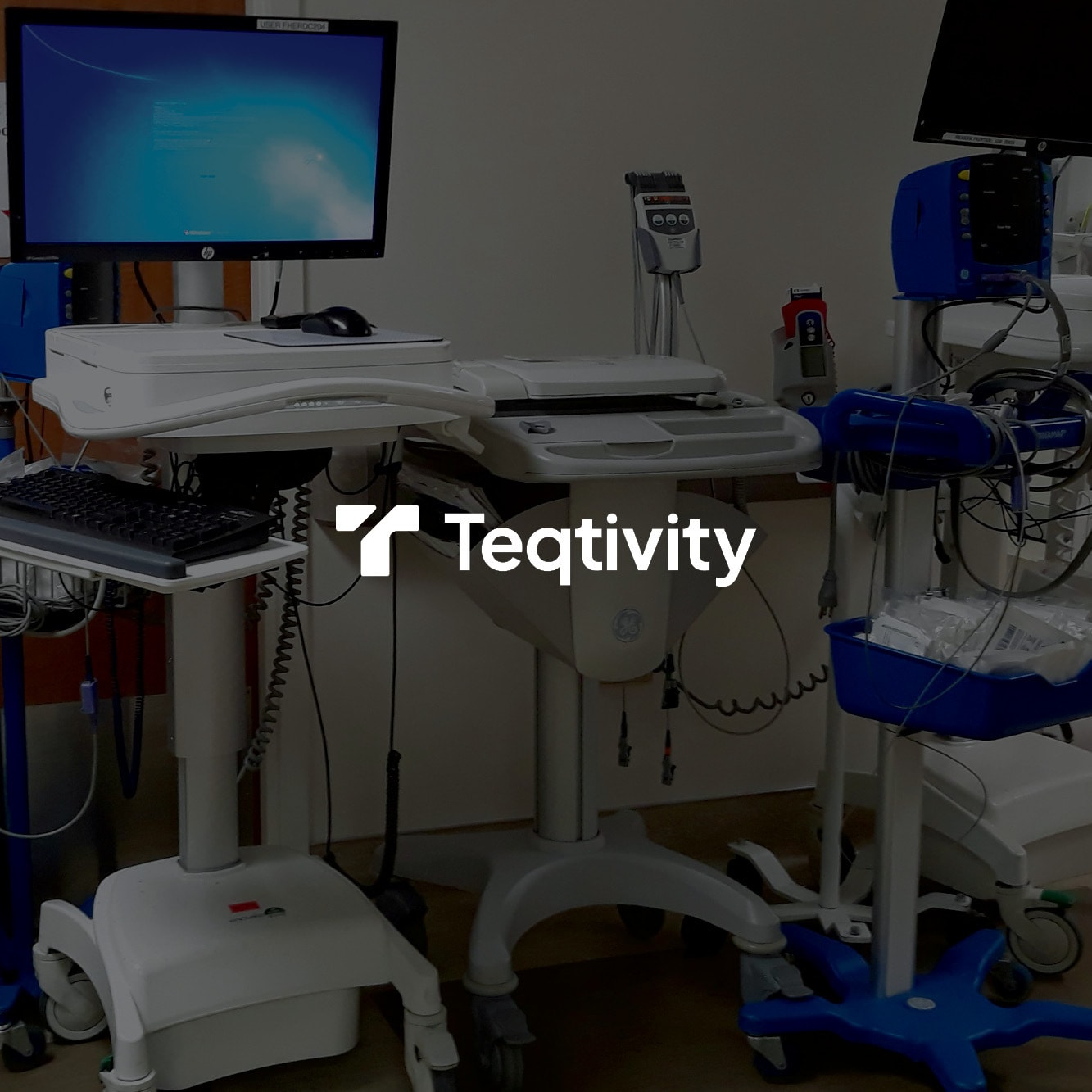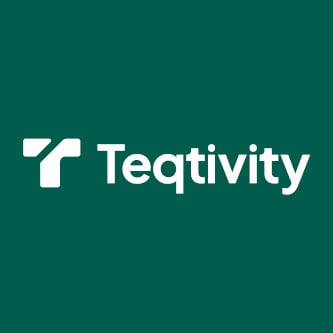
As healthcare data breach costs reach an all-time high of $10.93 million per incident, Teqtivity's analysis reveals a critical pattern: the industry's costliest breaches often start with a deceptively simple problem. Organizations often lack complete visibility into the devices and systems that store patient data.
"Healthcare organizations are spending millions on advanced security tools while operating partially blind," explains Hiren Hasmukh, CEO and Founder of Teqtivity. "You can't protect data you don't know exists, and you can't secure devices you're not tracking. This visibility gap is becoming healthcare's most expensive blind spot."
The IT Asset Visibility Challenge in Modern Healthcare
Teqtivity's analysis of healthcare IT environments reveals exponentially increasing complexity. Organizations now manage patient data across thousands of endpoints—remote patient monitoring devices, telehealth platforms, mobile diagnostic equipment, and staff devices spanning multiple locations—with many existing outside traditional hospital walls.
This distributed infrastructure creates unique challenges:
- Medical devices and IoT equipment often operate on separate networks with limited oversight
- Telehealth expansion introduced thousands of devices into homes and remote facilities
- Staff mobility means laptops and tablets move between locations, departments, and even organizations
- Merger and acquisition activity leaves legacy systems scattered across integrated networks
"The issue isn't that healthcare IT teams are negligent," Hasmukh notes. "It's that traditional asset management approaches weren't built for today's distributed care delivery model. When you don't have real-time visibility into every device handling protected health information, you're creating compliance risks and security vulnerabilities you can't even measure."
Where Security Investments Fall Short
Despite healthcare's significant cybersecurity spending on firewalls, intrusion detection systems, encryption, and access controls, breach costs continue climbing. Teqtivity’s analysis points to a fundamental limitation: these protections can only secure assets visible to IT teams, leaving untracked devices as persistent vulnerabilities.
Common scenarios that create dangerous gaps:
- Forgotten Devices: Equipment deployed during pandemic response or temporary clinical initiatives that remain active but untracked
- Shadow IT: Departments purchasing their own technology solutions without IT visibility
- Decommissioning Failures: Devices retired from active use but not properly wiped or destroyed
- Merger Chaos: Acquired organizations' equipment absorbed into networks without complete inventory
- Mobile Equipment: Diagnostic devices, tablets, and laptops moving between facilities without consistent tracking
Each represents a potential HIPAA violation waiting to happen. And in breach scenarios, it’s a failure point that extends investigation time and drives up remediation costs.
Building IT Asset Intelligence as a Security Foundation
Teqtivity's examination of healthcare breach prevention strategies identifies a common thread among organizations with robust security: comprehensive IT asset management built on several core practices:
- Complete Device Inventory: Real-time tracking of all hardware storing or accessing patient data, including medical devices, endpoints, and infrastructure
- Lifecycle Visibility: Understanding each asset's status from procurement through secure disposal, ensuring PHI is properly protected or destroyed
- Integration with Security Tools: Connecting asset data with security monitoring to identify vulnerable or non-compliant devices before they're exploited
- Audit-Ready Documentation: Maintaining detailed records of device deployment, access, and disposition for HIPAA compliance
- Cross-Functional Coordination: Ensuring IT, security, compliance, and clinical teams share visibility into technology infrastructure
"The conversation shouldn't be 'security versus operations,'" Hasmukh emphasizes. "It's about building operational practices that make security possible. You can't have a strong cybersecurity program without knowing what you're securing."
Moving Forward
As healthcare continues embracing digital transformation—from AI-powered diagnostics to expanded telehealth to connected medical devices—the asset visibility challenge will only intensify. Organizations that establish robust IT asset management practices now position themselves to adopt new technologies securely while maintaining compliance.
"Healthcare's mission is too important to be undermined by preventable security gaps," concludes Hasmukh. "The good news is that building asset intelligence doesn't require ripping out existing security investments. It means establishing the visibility foundation that makes those investments actually effective."
For more information about how Teqtivity supports healthcare organizations in building compliance-ready IT infrastructure, visit www.teqtivity.com/itam-for-healthcare.
Teqtivity is a leading IT Asset Management solutions provider that helps organizations track and manage their IT assets throughout their entire lifecycle. Founded by CEO Hiren Hasmukh, Teqtivity's software provides businesses with the visibility they need to make informed decisions about their assets while saving time and money. The company is headquartered in Cerritos, California. Learn more at www.teqtivity.com.
